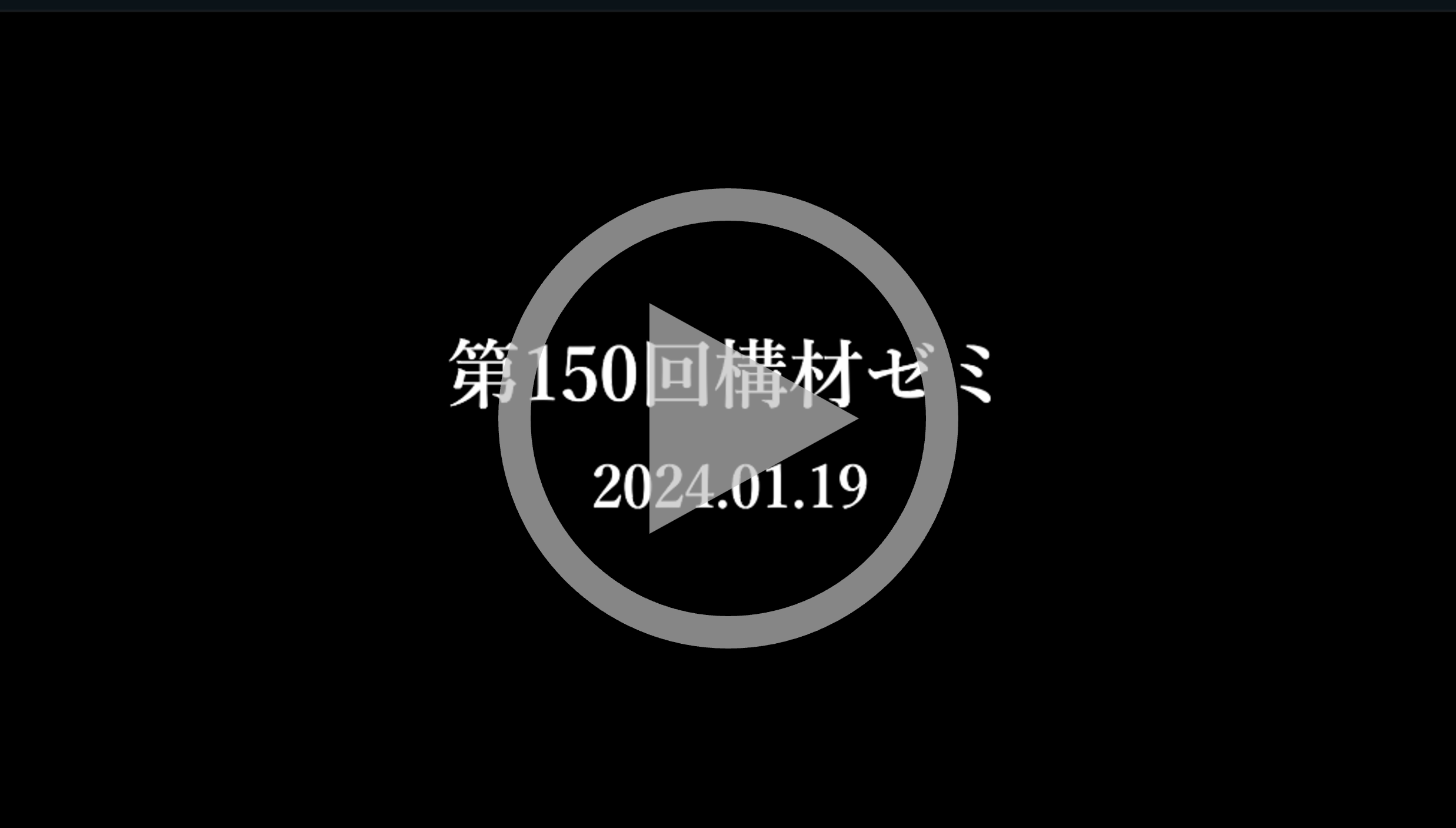2024年1月19日、NIMSにて、University of HyderabadのProf. Swati Ghosh Acharyyaによるご講演が第150回構材ゼミとして開催されました。
Prof. Swati Ghosh Acharyya (University of Hyderabad, India)
BIO| Prof. Swati Ghosh Acharyya
Enhancing sustainability of structural materials by proactive monitoring of material degradation
by in-situ AE and appropriate surface engineering
Abstract:
Health monitoring of civil and mechanical structures is critical and of utmost importance. Material failure due to fatigue and corrosion, results dangerous consequences and reduce remaining useful life of these structures. Corrosion arises from the metal and environment interaction, while fatigue cracks stem from fluctuating loads over time. Recognition of damage from these factors is crucial to prevent the catastrophic failure and financial losses. Proactive identification of damage is needed to prevent damage. Due to this real-time structural health monitoring id vital and acoustic emission (AE) is technology that detects damages in real time. Some researches uses AE features like energy, counts, frequency, to identify stages of corrosion and fatigue damages. However, these features are threshold-dependent and can be altered if threshold changes. Hence, a low complex convolutional neural network (CNN) based on a wavelet packet decomposition (WPD) that proactively classify the corrosion and fatigue AE signals independent from any threshold based parameters. High strength low alloy steel is used for this study and AE signals are collected by conducting fatigue experiments at load ratios of 0.1, 0.25, and 0.5, where the maximum fatigue load is 6kN. Corrosion was induced by potentiostatic test at different potentials using 3.5 wt.% NaCl solution following ASTM G61 standard. AE signals due to corrosion were acquired. The dataset was uniformly split into ratios of 70:20:10 as training, validation and test set, respectively. The proposed methodology gave an accuracy of 99.04%. Stress corrosion cracking (SCC) of austenitic stainless steels (ASS) and its welds in presence of chloride ions is a key concern in industrial sector. AISI 304L SS in surface milled, turned, ground condition have high tensile residual stresses on the surface which lead to early cracking in aggressive environment. Buffing being a very simple, economic and portable operation can be easily applied on large components of AISI 304L SS after the conventional surface finishing operations and AISI 321 SS weld in service in aggressive environment.
